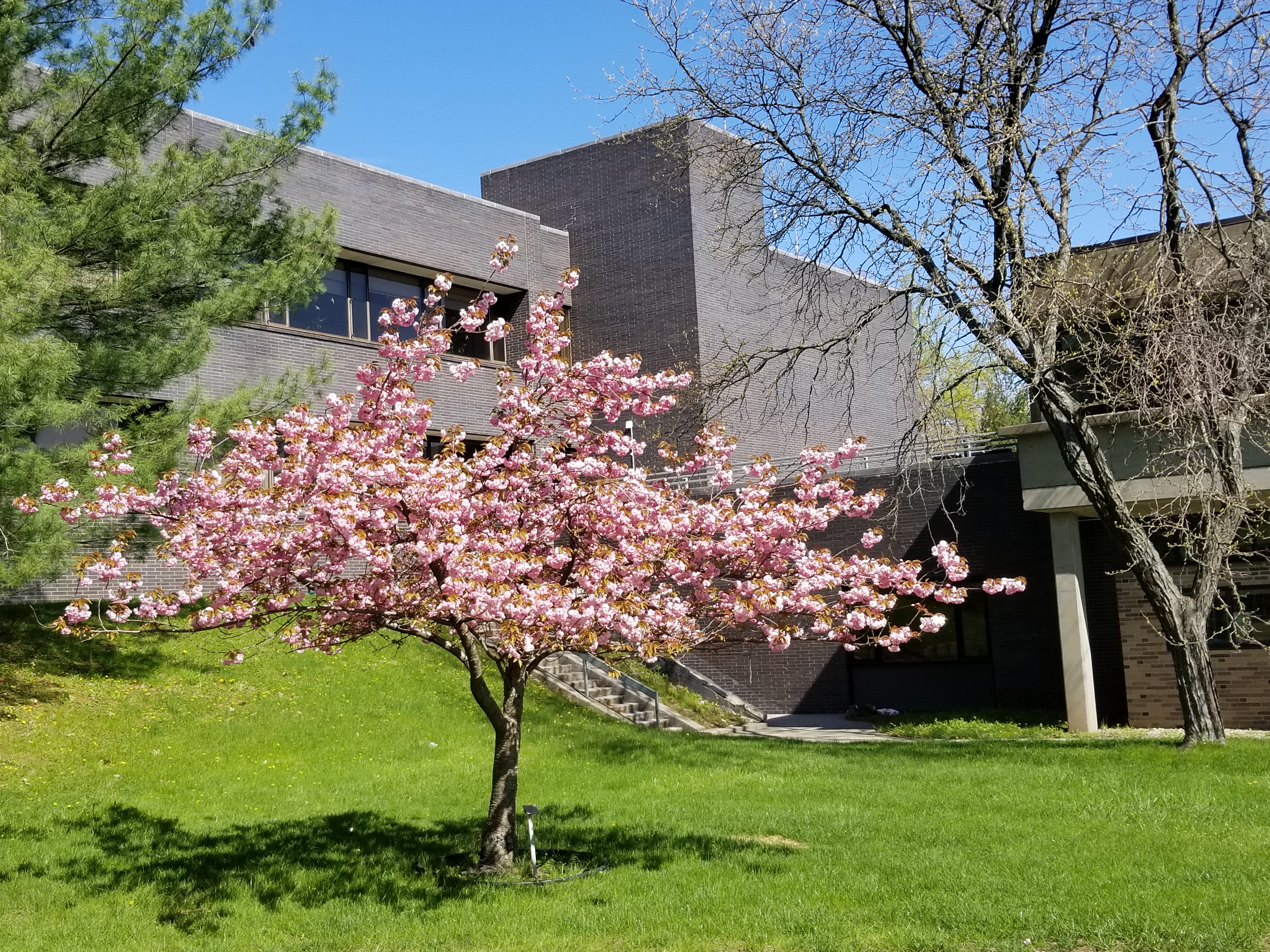
“I've always thought of Columbia as part of my family, and I want to help future students feel that same connection.”
Leading by Teaching and by Giving
Keville Frederickson Tomasson ’64NRS, ’74TC transferred to Columbia from Illinois midway through her nursing program. “It was not an easy move,” she says. “I was leaving behind longtime friends, classmates, and a familiar place and program.”
Her first impression: “Columbia seemed ancient in comparison! Maxwell Hall was built in the 1920s — even the uniforms we wore, with the long sleeves and black stockings and shoes, dated back to the 1800s.”
Yet Keville soon grew to love the tradition at Columbia and to feel a sense of belonging. “My classmates came to be like family,” she says. “Even now, they’re still among my closest, dearest friends.”
The Class of 1964 was the largest nursing school class in Columbia’s history. Unlike today, in the sixties nursing students staffed the hospital, a contribution that in turn helped pay for their education. Their training was rigorous and at times emotionally draining.
“We were in our early twenties taking care of very sick patients, some of whom were terminally ill,” Keville recalls. “It was quite hard, so in the evenings we’d come back to our rooms and talk about it all.”
“And smoke,” she adds. "We did that too, but being able to talk and have that time together brought us even closer.”
After graduating, Keville did her clinicals, then became part of the Columbia faculty. “Back then, you could teach as long as you were working toward a master’s degree. A group of us chose to do that, and within a year we all started our doctoral work at Teachers College.”
Keville credits Columbia foremost with training her to be a leader, a skill she has put into practice for decades—teaching and helping establish nursing and public health education programs in Mexico, Haiti, South Africa, and right at home in New York City. All the while she has stayed well connected with Columbia, serving as president of the Nursing Alumni Association, president of the Columbia University Alumni Association, and committee co-chair for the Class of 1964's fiftieth reunion gift.
For her own legacy gift to Columbia, Keville chose to name the university beneficiary of her retirement plan, with the funds designated to support scholarships for nursing students.
Making a gift through a retirement plan beneficiary designation can be a simple process. It costs you nothing now and offers special tax advantages that may enable you to make a larger gift than you otherwise thought possible.
"Scholarships are especially important now," she says, "and I want to ensure that future nursing students have the same opportunity I had to earn a Columbia degree."
Keville considers her planned gift part of her overall life planning, a tribute to those who have invested in her and in whom she has been invested.
"I'm proud of Columbia," she says. "That's where my legacy belongs."




